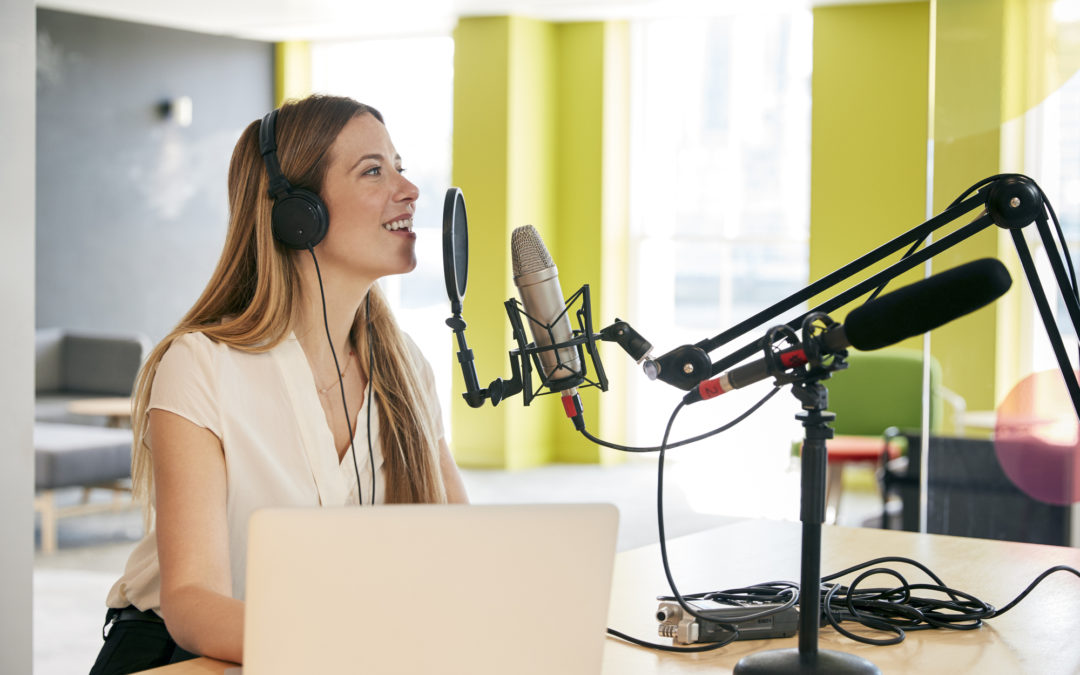You can plan your content to meet the needs of your audience perfectly, but there’s one simple mistake that can sabotage all your efforts – poor sound quality.
Poor sound quality is a major turn-off for podcasting audiences because it significantly impacts the listener’s experience.
A show with poor quality can be irritating to listen to. It may even be hard to hear what the host is saying.
What does poor quality mean?
It could include:
- Background noise
- Muffled voices
- Inconsistent sound levels
- Cheap-sounding music or sound effects
- Echoes or other distractions
- Awkward editing, such as abrupt cuts or long silences
- Poor microphone technique that results in popping, breathing sounds, or varying volume
How do you avoid these issues?
It all starts with a good microphone. This is one essential investment you need to make for your show.
To get started, you can buy a simple USB microphone and then upgrade as your show progresses.
You also need the right recording environment. Find a place to record where there aren’t background noises.
Another thing that helps is to use headphones while recording. These should be closed-back and cover your ears fully, not earbuds.
Headphones will help you catch background noises and other extraneous sounds while recording.
Experiment with the recording environment and mic placement to see what produces the best sound.
Finally, listen to your audience’s feedback. If you’re getting comments about audio quality, make the necessary changes.
Remember, while you should strive for the best audio quality possible, don’t let perfectionism hold you back. It’s better to start with what you have and improve as you go than not to start at all.
Let’s chat if you would like help with your podcast.


Recent Comments